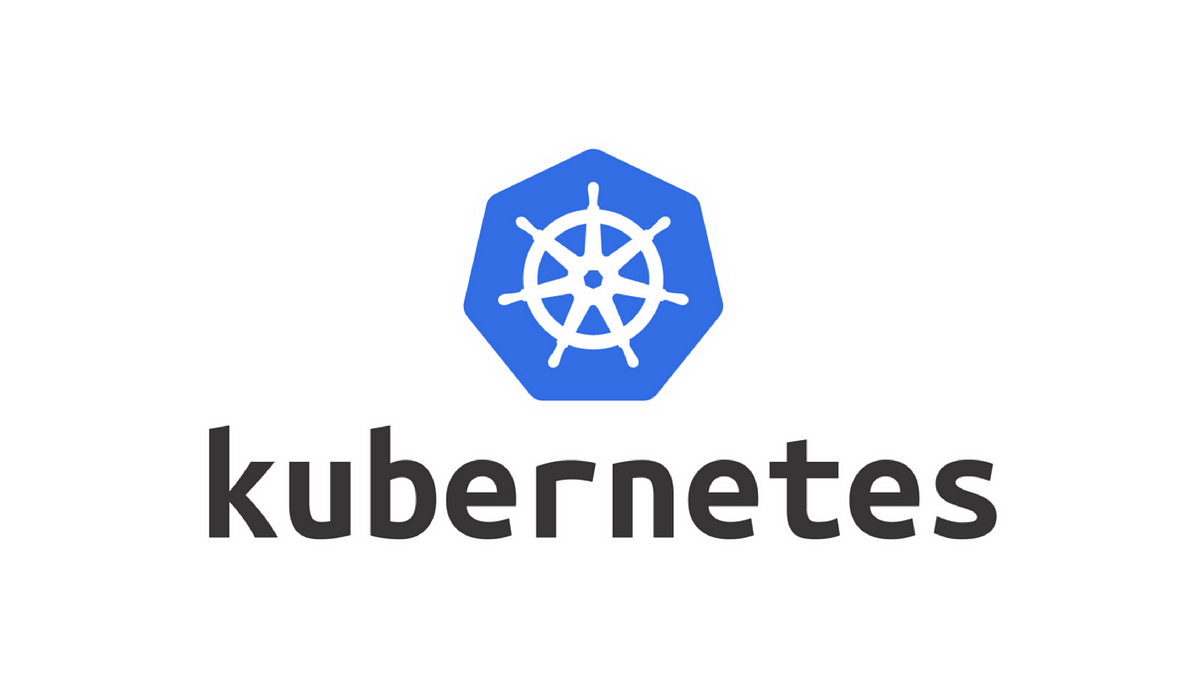Configuring bash-completion for kubectl

First make sure you have bash-completion installed on your computer.
Installing bash-completion
Depending on the linux distribution you are using the way to install will vary but the package name is generally the same, here are examples:
Ubuntu
apt-get install bash-completion
Ret-hat, Cent-OS, Rocky
yum install bash-completion
These commands create /usr/share/bash-completion/bash_completion, which takes care of command line completion. Depending on your distribution you will have a file called ~/.bashrc.
To make sure, reload your shell using type _init_completion. If it succeeds, it is already configured; if not add the following to your ~/.bashrc file
source /usr/share/bash-completion/bash_completion
And try reloading your Shell
Enable kubectl autocompletion
To make sure that autocompletion is available in all sessions you can do the following:
- Enable it in your profile:
echo 'source <(kubectl completion bash)' >>~/.bashrc
- Add it to the general
/etc/bash_completion.d directory:
kubectl completion bash >/etc/bash_completion.d/kubectlkubectl completion bash >/etc/bash_completion.d/kubectl
Even if you have an alias you can also configure it:
echo 'alias k=kubectl' >>~/.bashrc
echo 'complete -o default -F __start_kubectl k' >>~/.bashrc